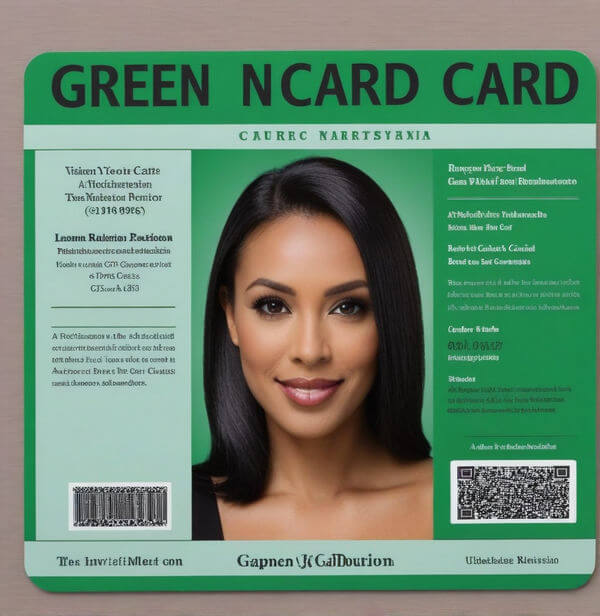
The green card number is a unique identifier that the U.S. Citizenship and Immigration Services (USCIS) uses to track your case before the card is issued. At first glance, a green card appears simple, but upon turning it over, you'll find three lines containing 90 characters made up of letters, numbers, and numerous "less than" symbols. This cryptic string encodes vital information, including the green card number that is specific to each holder. Additionally, these characters help ensure the security and authenticity of the card.
Where Can You Find the Green Card Number?
The green card number, also known as the receipt number or permanent resident number, is positioned at the bottom on the back side of the card. It is included in the first line of a lengthy sequence of 90 characters, with "less than" symbols used to fill spaces.
Finding the Green Card Number
On the back of the green card, each line comprises 30 characters. The green card number is situated within the last 13 characters of the first line, specifically occupying digits 16 to 28, and is followed by two "greater than" symbols as space holders.
Understanding the Green Card Number Format
The 90-character string on the back of a green card begins with either C1 or C2, denoting the type of residency. C1 indicates a long-term permanent resident in the US, while C2 signifies a permanent resident commuter from Canada or Mexico. The next segment, consisting of three letters, specifies the country of residence as the USA.
Digits 3 to 5 represent the country code. Following this, the alien number comprises the next ten digits (6-15). The green card number itself starts after the alien number with three letters identifying the service center that handled the residency application. The various service centers are abbreviated as follows:
- CSC: California Service Center
- EAC: Eastern Adjudication Center, now Vermont Service Center
- IOE: ELIS (e-file system)
- LIN: Lincoln Service Center, now Nebraska Service Center
- MSC: Missouri Service Center, now National Benefits Center
- NBC: National Benefits Center
- NSC: Nebraska Service Center
- SRC: Southern Regional Center, now Texas Service Center
- TSC: Texas Service Center
- VSC: Vermont Service Center
- WAC: Western Adjudication Center, now California Service Center
- YSC: Potomac Service Center
Following the service center code, two digits indicate the fiscal year during which the case was received. Importantly, the U.S. government fiscal year runs from October 1 to September 30. For instance, a case received on October 15, 2019, would be assigned a fiscal year code of 20, reflecting the start of fiscal year 2020.
Explaining the Structure of a Green Card Number
After the fiscal year on the green card, the next three digits represent the computer workday of the year when the case was initiated. This count is based on the total number of workdays in a year, excluding weekends and holidays. For example, if a green card displays "NBC 20 045," it indicates that the case was processed at the National Benefits Center during the 45th workday of fiscal year 2020.
The sequence concludes with a unique five-digit immigrant case number, which corresponds to the specific case approval that led to the issuance of the green card. So, if the full case number in our example was 51423, the complete green card number would be: NBC2004551423. Using a hypothetical green card example for an individual named Test V. Specimen, the green card number would appear as: SRC0000000001.
Additional details are encoded on the green card as follows: the second line includes the cardholder's birth date in YY/MM/DD format, gender, card expiration date in YY/MM/DD format, country of birth, along with placeholders for spacing. The third line captures the cardholder's surname, given name, the first initial of the father’s and mother’s first names, with additional placeholders as required.

